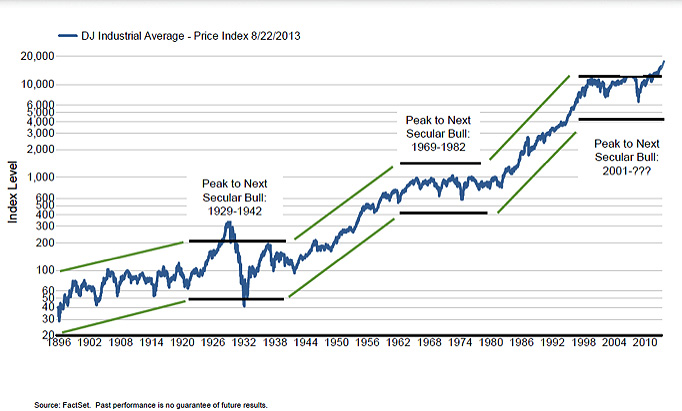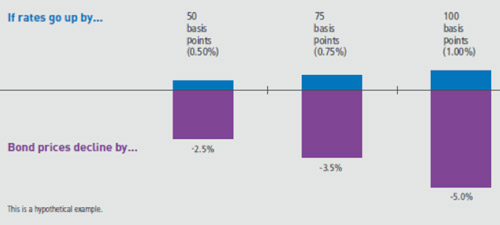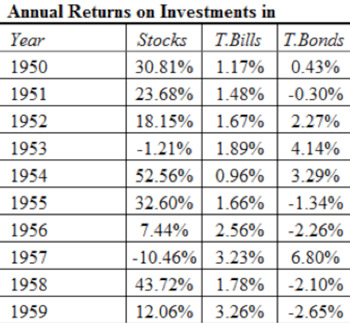

In preparation for Medicare Open Enrollment – October 15 through December 7, 2013 – we’ve been busy at The Center for Financial Planning. Over the last month, The Center assisted over 50 clients through Medicare-focused workshops.
Annually reviewing your Medicare plans is extremely important, as providers are changing their plan formularies and account structures each year. “Many individuals can save hundreds of dollars annually by making sure they are in the right Medicare plans,” explained Sandy Adams, CFP®, lead financial planner at The Center. “Making the right Medicare choices can have a significant impact on the success of your overall financial plan in retirement.”
Who is affected by Open Enrollment?
- Seniors approaching age 65
- Seniors currently on Medicare
- Seniors in company retirement health plans
- Caregivers and children of seniors on Medicare
Open Medicare open enrollment allows for changes to:
- Medicare Part D Prescription Drug plans
- Medicare Advantage
- Medigap Plans
The workshops highlighted changes in the Medicare plan offerings, changes to Medicare due to the Affordable Care Act, and the tools available for individuals to review and analyze their own plans to make the best choices for their individual circumstances.
Contact your financial planner at The Center for additional guidance and information regarding your Medicare planning.





















